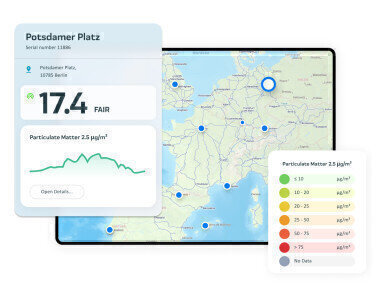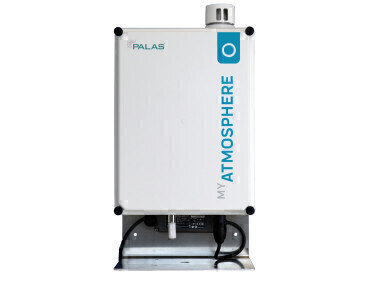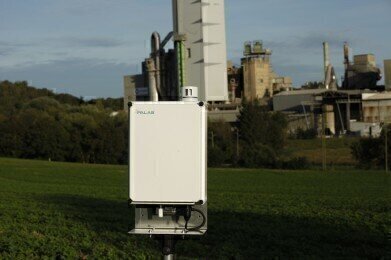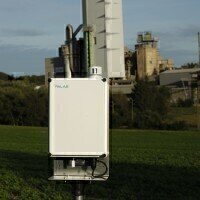Air quality monitoring
Revision of EU Ambient Air Quality Directives – Are you prepared?
Nov 08 2022
The proposal for the revision of the EU Ambient Air Quality Directives has been published on October 26th. Stated are not only stricter limits and targets but also so called 'improved access to justice', enhancing the right to clean air. This highlights the significance of air quality monitoring – for authorities and private companies.
How will these changes affect various industries?
Airports, ports, cement plants, construction and mining companies or other industrial sites, even domestic heating - these are just a few examples for companies and sectors which have an impact on air quality. In these cases, a wide range of pollutants is emitted. These pollutants and their toxic baggage do have an immense impact on our health. Accordingly, organizations need to have an air quality monitoring system implemented. This facilitates targeted or even preventive measures including process optimization towards emission control and reduction. EHS-experts and other managers responsible need to evaluate for their organization:
- 1. What is the current status regarding data availability, data integrity, documentation, or analysis?
- 2. Is the current AQM hardware and software sufficient to meet coming requirements regarding limits, alerts etc.?
- 3. Is it possible to differentiate based measuring data between various factors affecting air quality – besides the organization´s own operations?
- 4. Have all relevant stakeholders been involved to develop an air quality strategy, and to drive implementation?
- 5. How can communication on air quality be improved?
Precise measurement devices are the basis of effective air pollution control
Starting with instruments, but also data acquisition, analysis, or visualization: It´s all about data quality and integrity. Therefore, measuring devices must be able to measure the most important parameters accurately and precisely (for example PM1, PM2.5, PM4, PM10, TSP, CN, gaseous pollutants, ultra-fine particulates).
To be able to react effectively and timely to poor air quality, measurements should be taken in real time. In addition, data should be easily and intuitively accessible – not only for scientists. High system availability is also essential. Accordingly, there should be almost no downtime due to service or maintenance.
Certified high-resolution real-time air quality monitoring solutions from Palas®
As latest innovation from Palas® the AQ Guard Smart family of products integrates sensors for fine dust, ultrafine particles, and gaseous pollutants. The lightweight and easy-to-use instruments for ambient air are suitable as a supplement to regulatory measurements, for monitoring and controlling safe working conditions as well as for temporary or permanent air quality monitoring. They are also MCERTS certified for PM2.5 and PM10.
For a better understanding and interpretation of air pollution and their origin, the device can be equipped with a weather station. Temperature, humidity and pressure sensors are integrated as standard.
Like other Palas® air quality analyzers such as the QAL1-certified Fidas® 200 data acquisition for AQ Guard Smart devices can be conveniently managed through the Palas® Cloud MyAtmosphere. The platform also offers API-capabilities for integration with 3rd party systems.
Digital Edition
IET 35.2 March
April 2025
Air Monitoring - Probe Sampling in Hazardous Areas Under Extreme Conditions - New, Game-Changing Sensor for Methane Emissions - Blue Sky Thinking: a 50-year Retrospective on Technological Prog...
View all digital editions
Events
May 06 2025 Nuremberg, Germany
May 10 2025 Karachi, Pakistan
May 11 2025 Vienna, Austria
May 11 2025 Seoul, South Korea
Salon Analyse Industrielle & Instrumentation
May 14 2025 Paris, France










.jpg)

_(4427399123)-(2).jpg)











